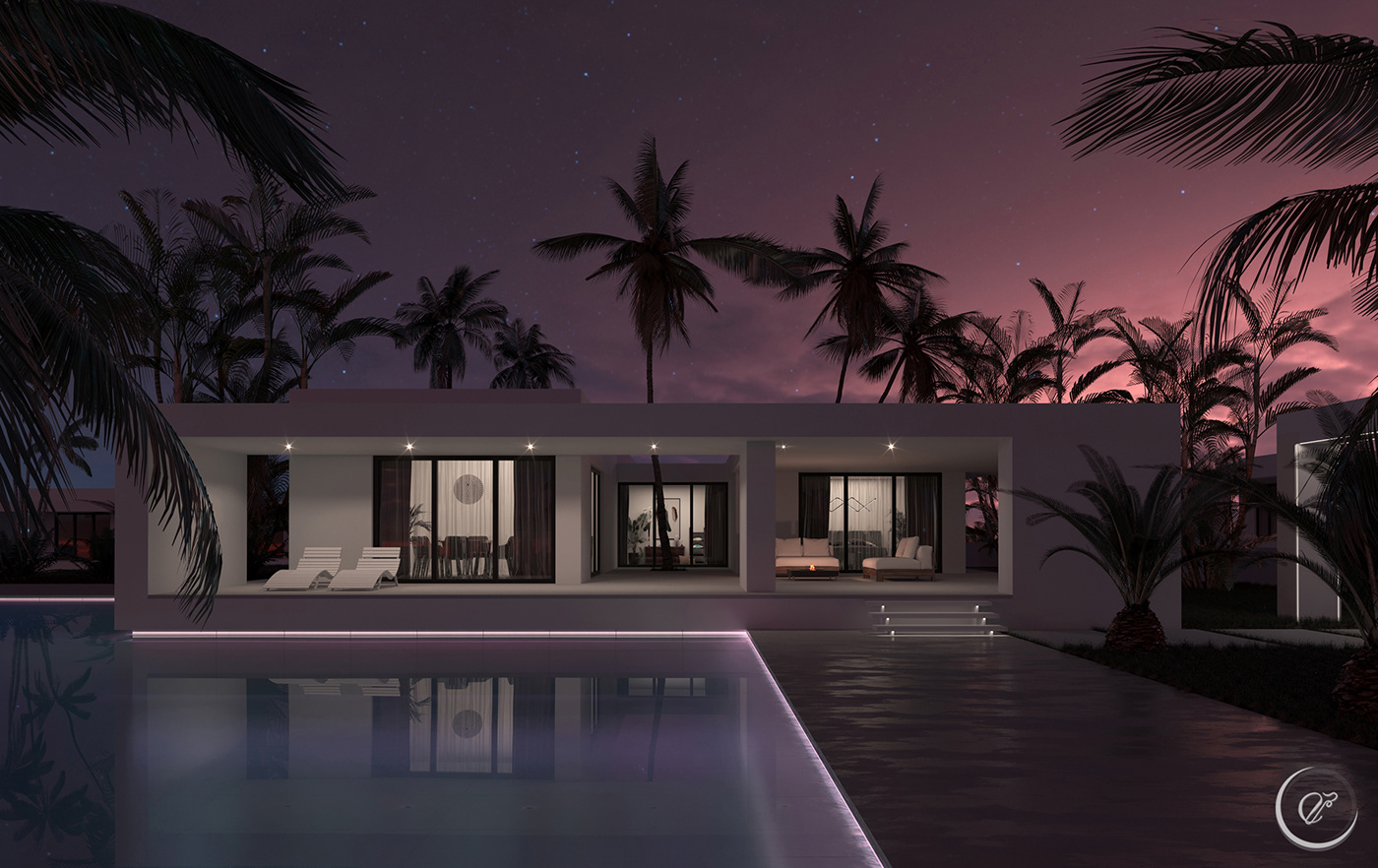3D RENDERING STYLE GUIDE
Over the years 3d visualisation has evolved from hand-drawn blueprints and sketches to impressively realistic digital artform.
In its early stages, CGI enabled only to replicate buildings in a 3D form but without any artistic value. Over the years, thanks to advancements in technology, 3D visualization has become an art itself. It can add narrative, emotion and life to each image.
A number of new trends and styles have now captured the market and they are evoking a sense of charm like never before for both, builders and customers.
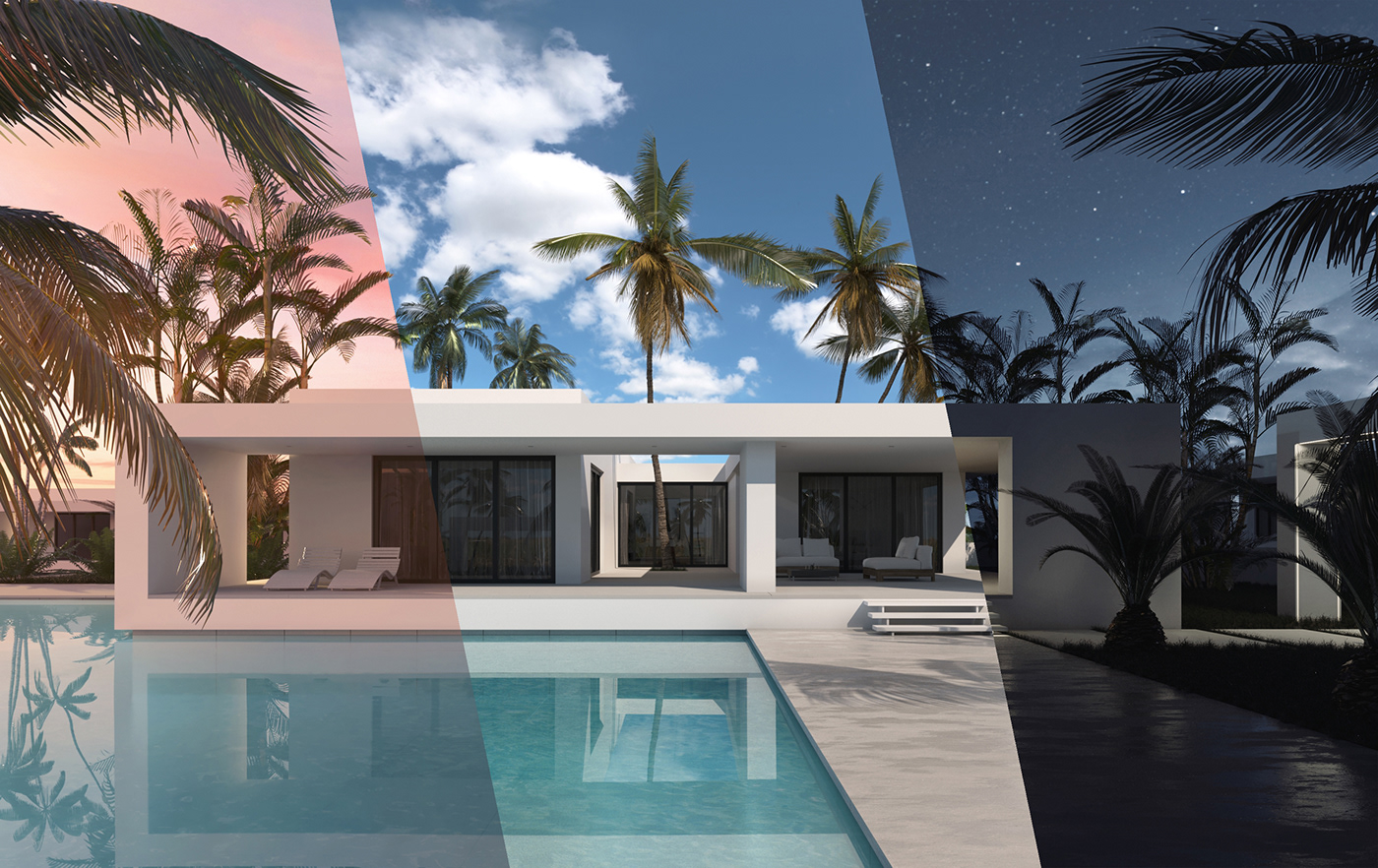
PHOTOREALISTIC BRIGHT DAYTIME RENDERING
Daytime rendering is the most common lighting style used in architectural visualization. The renderings tend to look bright and inviting. Artists usually try to capture the feeling of a warm summer day, or a crisp autumn morning. Such style enables to see the final output which is close to reality.
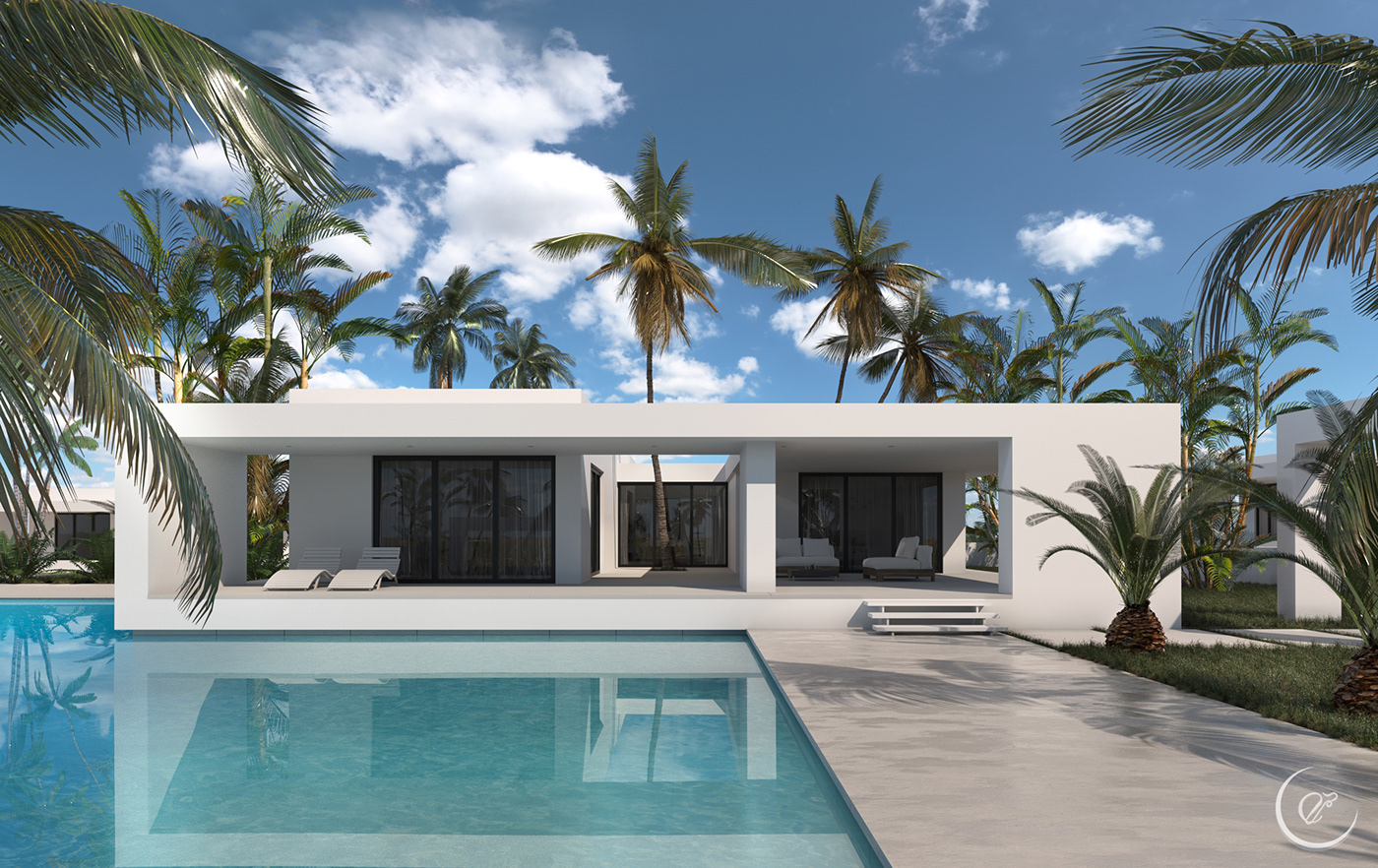
DUSK RENDERING
The second main lighting style used in architectural rendering is dusk rendering. This rendering style is more dramatic and higher in contrast. The building and interior lighting are yellow or orange, and the exterior is blue or purple. This contrast in colour makes the outside look cool, and the building and interior warm and cozy. Such lighting is the hardest to set. Due to the large number of sources of light such renders take twice as much time as daytime renders.
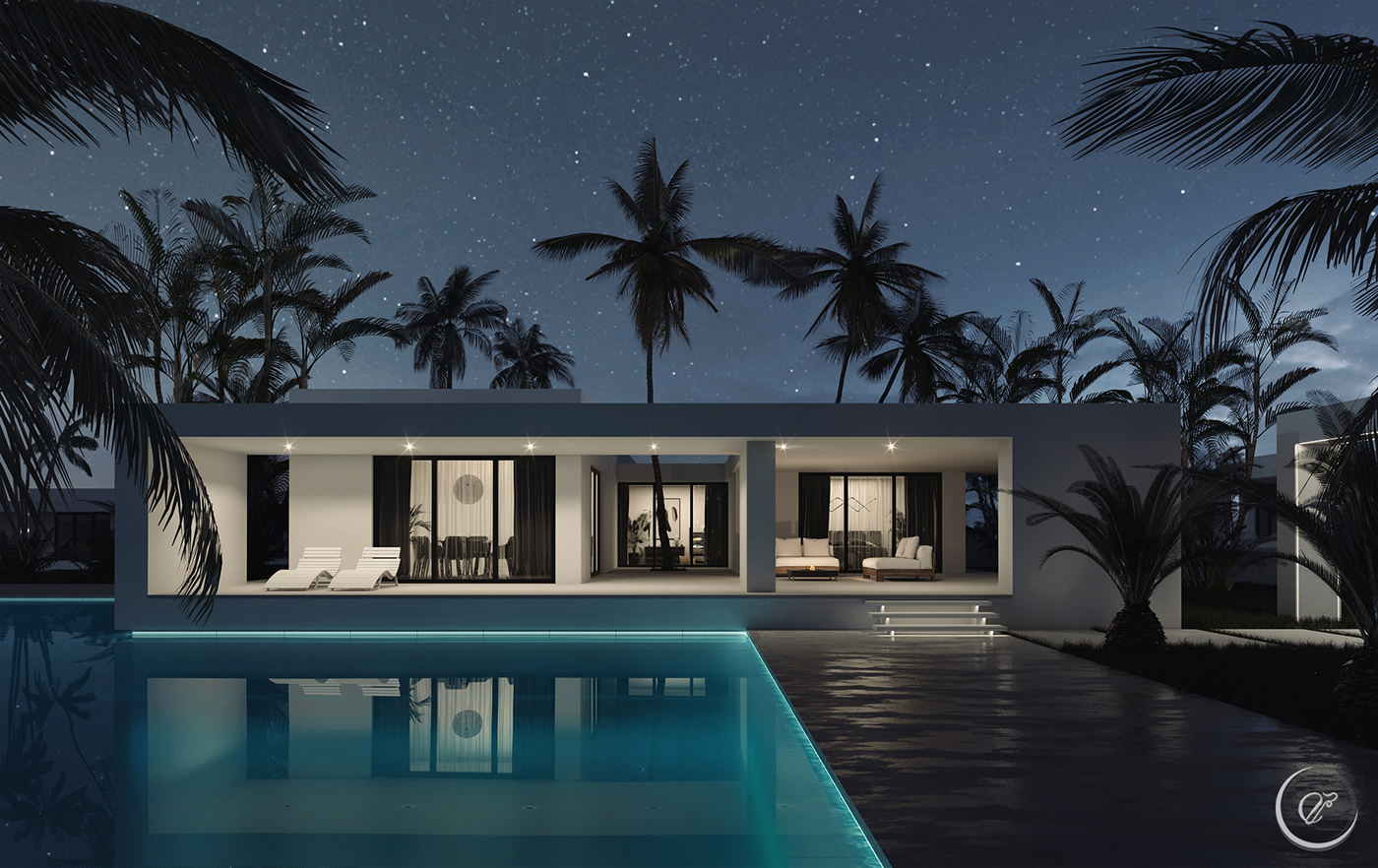
IMPRESSIONISTIC FAIRYTAIL RENDERING
Photorealistic renderings today are the standard. But are these renderings truly accomplishing what they set out to do? By introducing an emotional layer and creating a sense of place, renderings can provide even more value to a project, firm, client, and community.
The colour palette of this style is similar to classic Disney films. A few standard features are atmospheric effects and capturing movement with birds or leaves. By introducing “lifestyle details”, such as ambient sounds, a view of a sunset, or simply a camera resting on a chair, the image looks significantly more engaging and appealing. This design aims to promote a positive reaction from the viewer – everything about the landscape and building should look fantastic. This style brings emotion to the table.
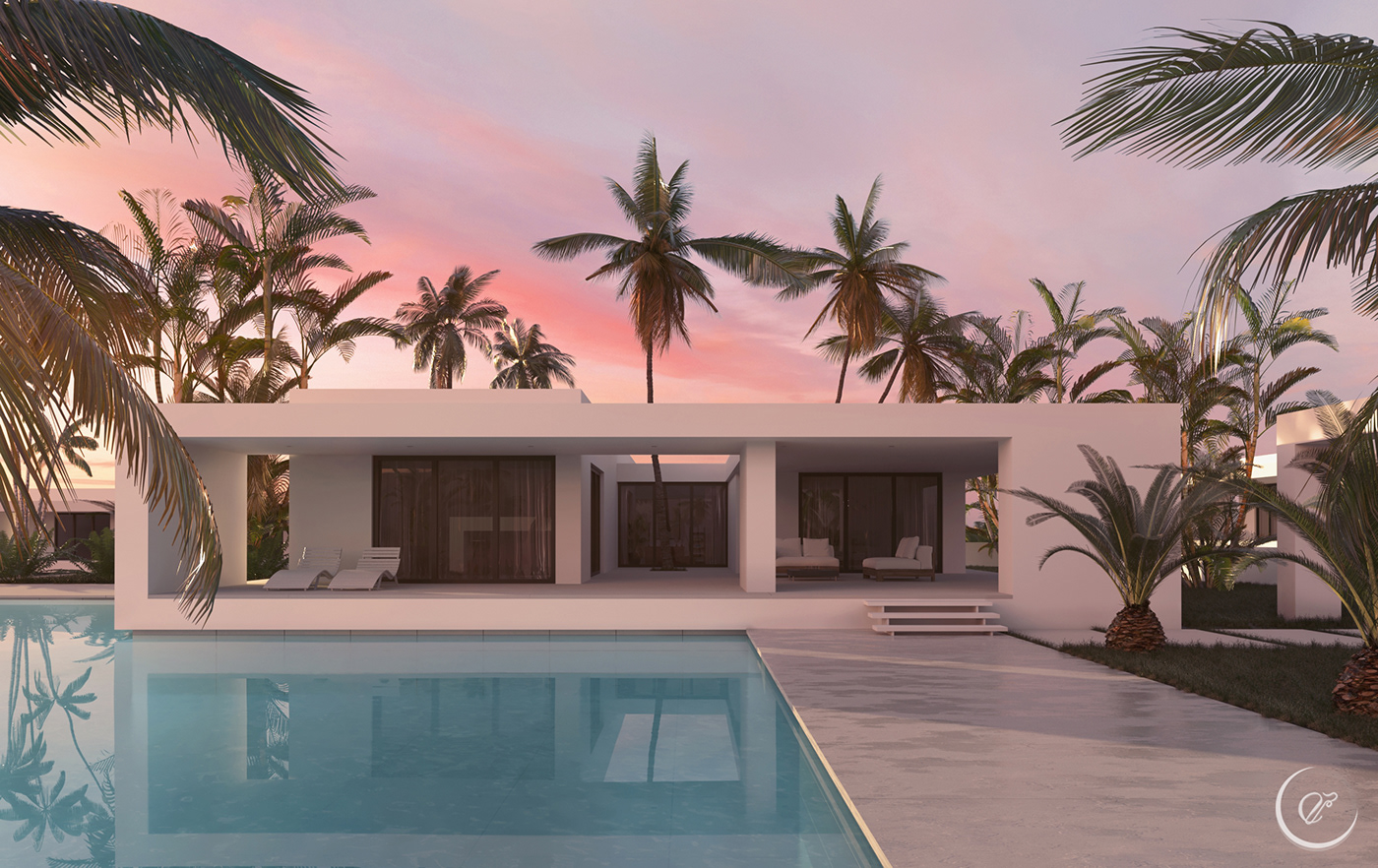
SURREALISTIC POST APOCALYPTIC AND BAD WEATHER RENDERING
Not all architectural renders have to look positive and vibrant. While the optimistic style of render does this, it’s also common for 3d artist to create a somber and mute atmosphere for their structures. 3d artists add haze, mist, fog, or streaming light to an image. These renders tend to be more artistic and very dramatic. The main feature of this style is a greyed out background and the building as the bright, vibrant center point. Post-apocalyptic would be a bold choice, the renderings are high contrast and intended to evoke an emotional response from the viewer. This rendering style is great for showcasing architecture and most common in architecture competitions. Powerful and awe-inspiring images make your design stand out and boost your reputation.
